Affiliate links on Android Authority may earn us a commission. Learn more.
Electric cars: A buyer's guide and top picks
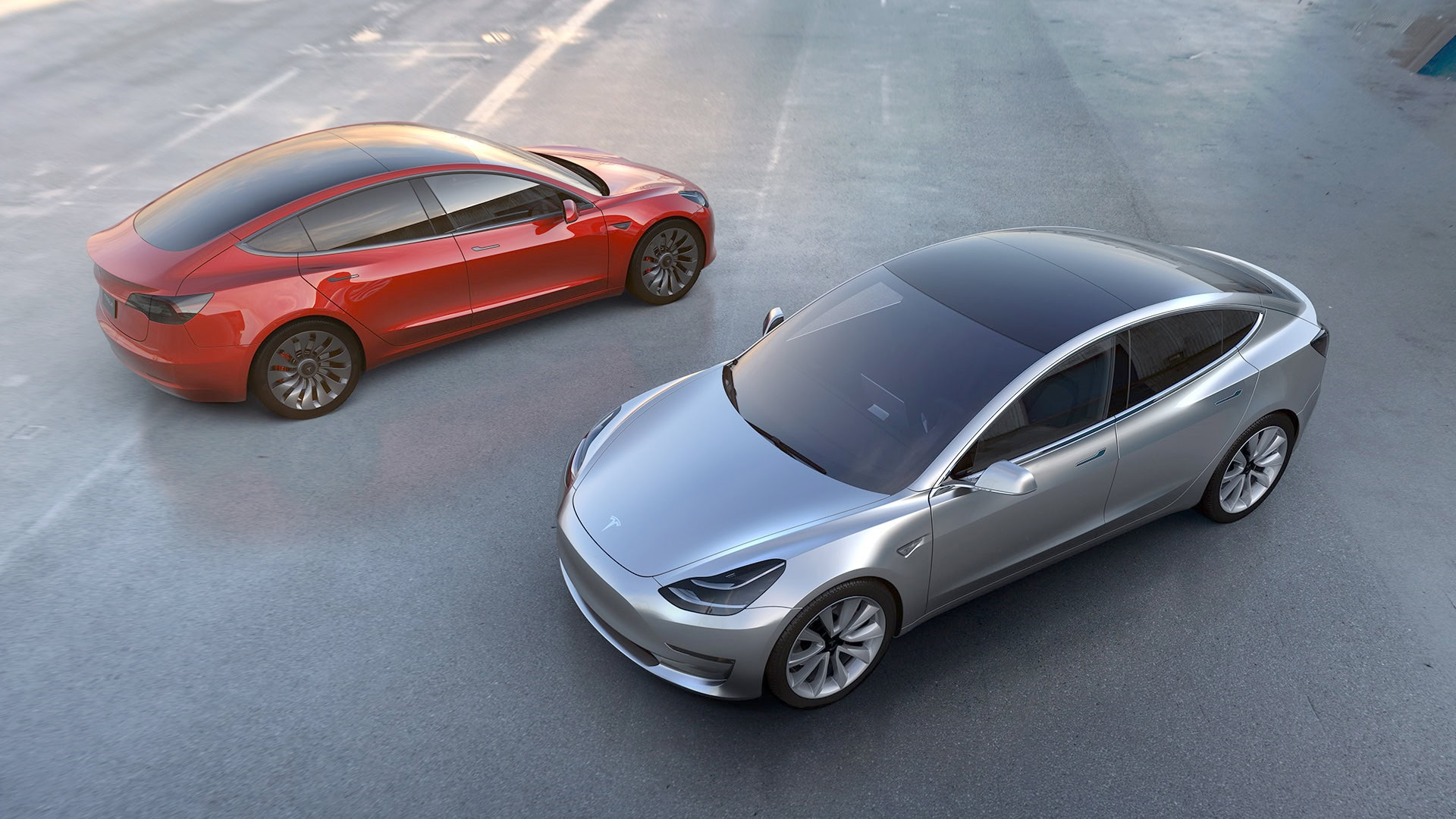
In a few short years, electric cars have gone from a niche-case novelty to the future of the automotive industry. Giants like Ford, GM, and BMW have all committed to growing their electric car lineups, no doubt spurred by the success of Tesla. As prices come down and technology improves, more and more people are looking into getting an electric vehicle. This guide will help you decide whether an electric car makes sense, what to look for when shopping, and things you might want to know as an owner.
What defines an electric car?
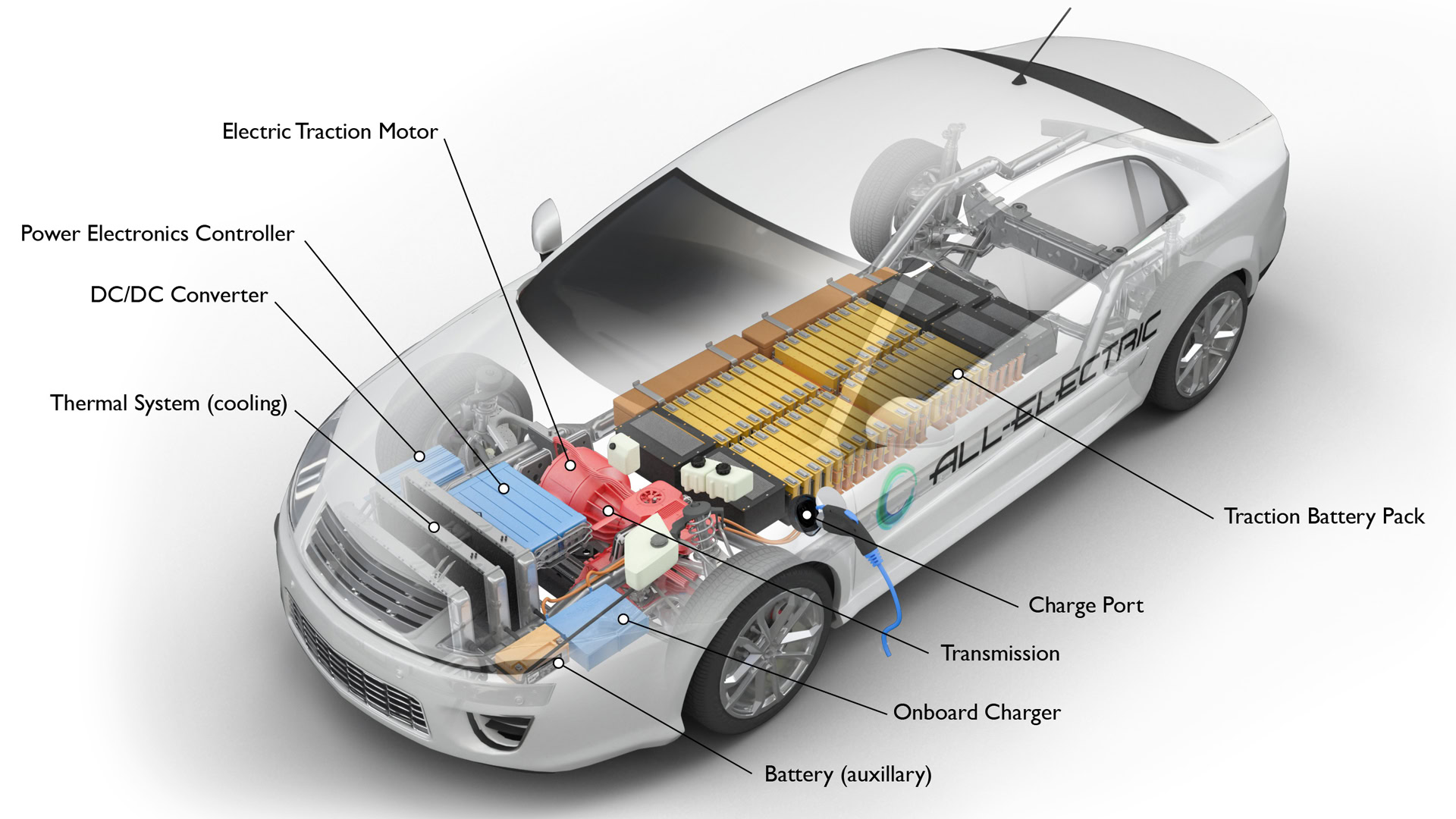
The answer is obvious on the surface — an electric car replaces a gas tank and combustion engine with a battery and one or more electric motors. To simplify things, we’re going to exclude hybrids from our definition, and incorporate the likes of trucks and SUVs. A Tesla Cybertruck, after all, is built on the same core technologies as a Model 3. For that reason, we’re also going to prefer the term “EV” over “electric car.”
Switching to an electric system has a lot of ramifications, beginning with jettisoning legacy components. There are no filters, timing belts, or spark plugs in an EV, and you certainly don’t need oil or radiator fluid. Parts like transmissions and air conditioning systems remain, but as a rule, there’s little pollution and fewer things that can break down.
The colossal power required for an EV means that in most cases the battery pack occupies the entire base of the chassis, yet automakers often take advantage of space opened up elsewhere. One form of this is a “frunk,” i.e. a front-facing trunk, which can add significant cargo space. Rivian’s R1T truck has a mid-section “gear tunnel” which you can optionally equip with a slide-out camp kitchen.
An electric car replaces a gas tank and combustion engine with a battery and one or more electric motors.
Some models exploit being connected to a giant battery to implement minimalist dashboard interfaces, where most functions are controlled via one or more touchscreens. Those cars have their own operating systems, and you can expect semi-regular firmware updates that fix bugs and add or change features. Don’t worry — using a touchscreen a lot won’t meaningfully affect range.
Though it’s not inherent to an EV, it’s relatively common to have various levels of driver assist. When equipped this usually consists of lane keeping, parking assist, and/or adaptive cruise control, the last meaning your vehicle will slow down if someone ahead is too close. There is, of course, a push towards full self-driving, most famously by Tesla, which offers an expensive upgrade package on its vehicles. While you can’t literally plug in a destination and kick back — yet — upgraded Teslas can already navigate a highway from on-ramp to off-ramp, and perform one-off feats such as changing lanes or maneuvering to you in a parking lot.
Expect it to be a few years before full self-driving becomes available in consumer EVs. While services like Waymo already operate self-driving taxis, consumer vehicles will require more testing as well as regulatory approval, since they have to be able to handle every contingency. There’s quite a difference between navigating a dry, smoothly-paved grid in Phoenix and icy winter roads in Montreal.
What to look for when shopping for an electric car
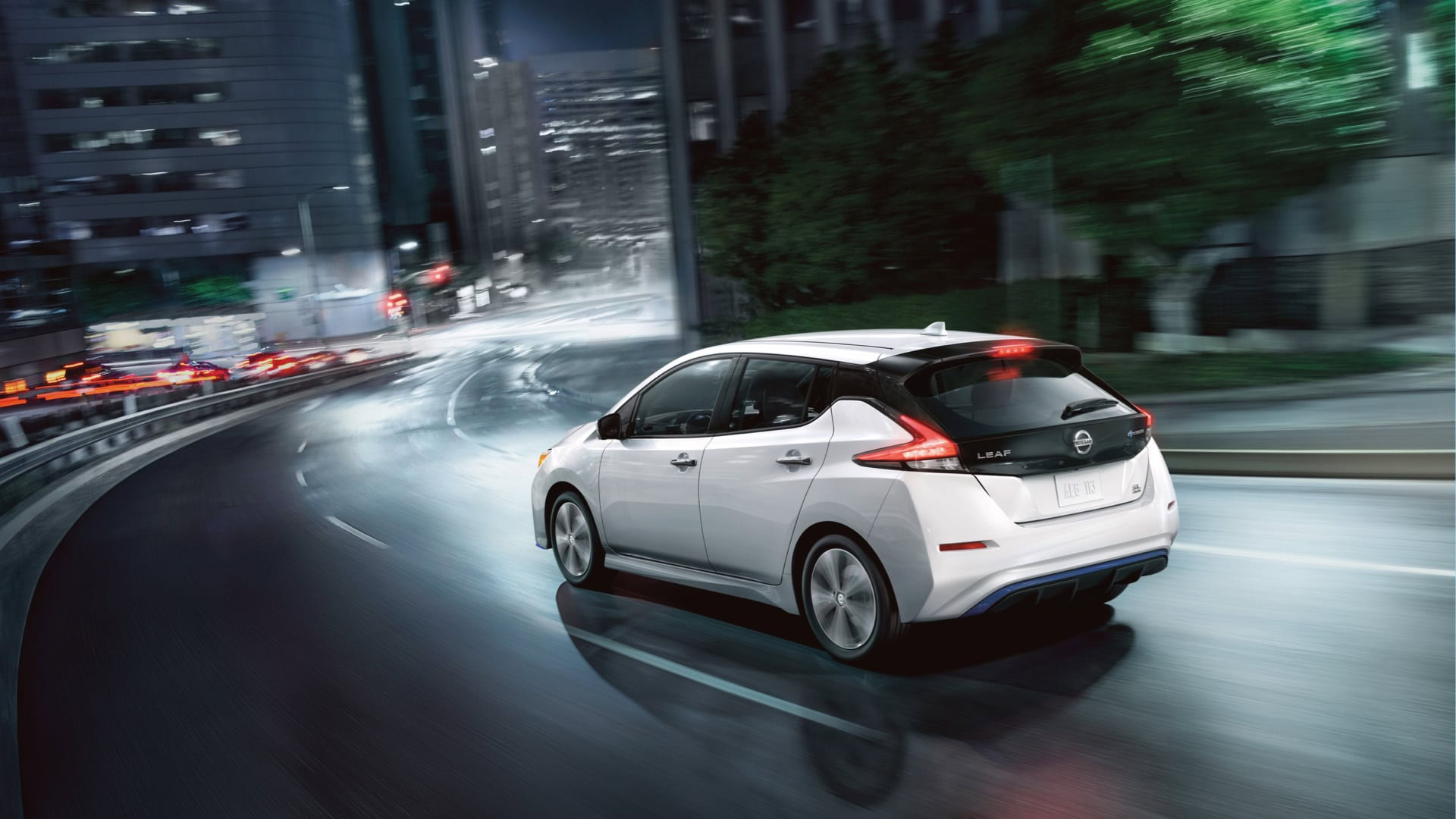
The single most important consideration is range. One of the things that kept EVs niche until recently was that many of them offered less than 150mi (241km), sometimes under 100mi (161km). 150mi is fine for a city commuter, but isn’t terribly useful beyond that scope, even if your area is saturated with charging stations. If you’re planning to travel between cities, you really need something rated over 200mi (322km), preferably over 300mi (483km). Even then, real-world range can be affected by factors like temperature, throttle usage, and whether or not you’re running AC or heating systems.
Along similar lines, you should also consider what charging standards an EV supports, and whether or not they’re compatible with the stations in your area or a personal charger you install at home. You can sometimes buy adapters to get around limitations. There are four standards in existence today:
- J1772: This is common on many models but supports only Level 1 (120V) or Level 2 (240V) charging. It’s only good for plugging in overnight, since it can easily take a dozen hours or more to recharge modern EVs. At home, Level 2 requires installing a purpose-built charger.
- CHAdeMO: This format is popular on Japanese EVs like the Nissan Leaf, and supports Level 3 charging, also known as DC fast charging. DC fast chargers typically top off an EV in anywhere from 20 to 45 minutes, depending on your vehicle model, battery percentage, and the capacity of the charging station. You can’t install a Level 3 charger at home.
- CCS: This one can handle Levels 1 through 3 without a separate J1772 cord for Levels 1 and 2. It’s popular with American and European brands like Ford, GM, BMW, and Volkswagen.
- Tesla Supercharger: Owning a Tesla opens up access to the Supercharger network, which is a serious selling point since there are over 3,900 locations around the world, and the better stations can supply 200mi (322km) of range in just 15 minutes. Tesla is rolling out third-party charging via CCS, but don’t count on it being worldwide anytime soon.
An EV’s infotainment system can be extremely important. Many people are accustomed to having Android Auto or Apple CarPlay in their vehicles, which lets you connect a smartphone for dashboard access to music, podcasts, and navigation. Those options aren’t natively supported in some major EVs like the Tesla Model 3 or Rivian R1T, so you’ll want to test out their interfaces personally. That said, Tesla’s software is some of the best in the business, so you may even prefer it to your phone once you’ve got settings configured to your liking.
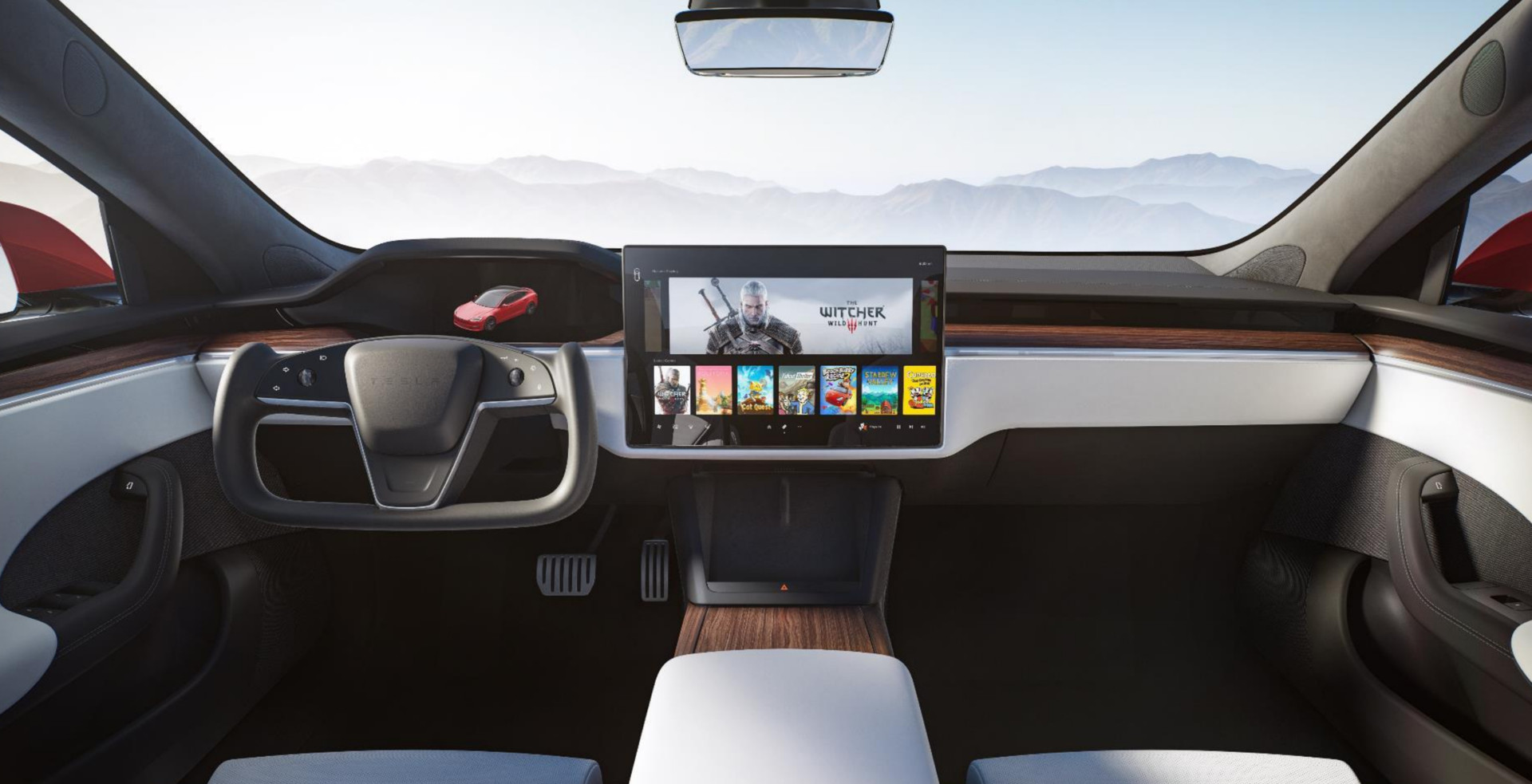
Cargo capacity is a factor when shopping for any vehicle, but a little more complex in the EV world, since as mentioned earlier, removing a combustion engine can create new storage options. Not every EV is going to have a frunk or gear tunnel equivalent, so be mindful of that in your expectations.
An EV’s service and support network is critical, and a reason you might want to go with brands like Ford, Nissan, or Tesla over alternatives like Polestar or Rivian, no matter how much money you have. Even Tesla doesn’t have service centers in every major city, and if your city falls in one of the gaps, you could end up spending weeks in a rental in the event of an accident or mechanical failure.
There are also truck-specific features you may want if you’re using a truck for work, offroading, or cargo, not just for show. These include things like bidirectional charging — the ability to power tools, appliances, or even entire homes — or the Hummer EV’s diagonal “crab walk” mode for parking and harsh terrain.
Is an electric car right for me?
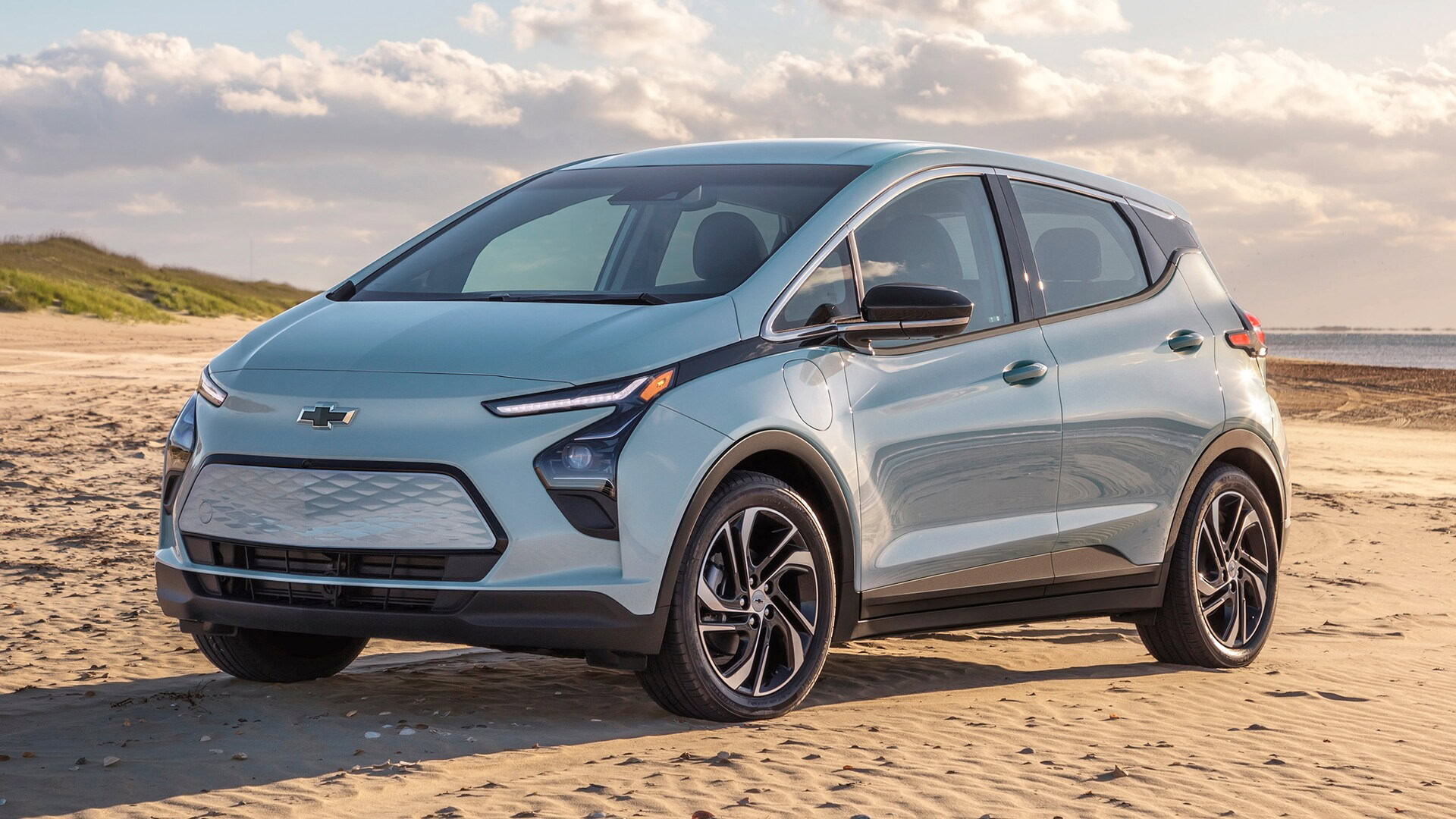
There are a few major reasons to pursue an EV:
- Electricity is cheaper than gas, especially in regions like Europe.
- If you can charge at home, you can sometimes go weeks or months without stopping at a station.
- EVs alleviate climate change by producing zero (direct) emissions.
- They’re the cutting edge of automotive design, with features that are at least easier to implement in an all-electric framework.
- They’re acceleration beasts. They have maximum torque the moment you hit the throttle, so even lower-end models can smoke their gas-powered equivalents, at least until they get up to speed.
- There’s less maintenance involved. With fewer parts, there are fewer things that can break, and you’ll never need an oil or filter change again.
That said, it’s easy to be blinded by tech lust, especially when it comes to futuristic-looking models. There are a few reasons an EV might not be right for you:
- For now, EVs remain more expensive than gas-guzzlers. Realistically you should expect to spend $25,600 or more (the cost of a 2023 Chevy Bolt) for decent range.
- There may be few charging stations in your area, or they may not support Level 3 charging, which is a must if you want to charge in less than an hour.
- You regularly make rural or cross-country treks longer than most EV ranges, and can’t stop long enough to charge (if it’s even an option).
- There might not be sufficient service and support in your area in case something breaks down.
- You may need a vehicle that can keep running during prolonged power outages — say, if a hurricane or ice storm hits.
- Battery capacity shrinks over the years. This shouldn’t be bad in terms of drivability in most cases, but it can hurt resale value.
- In the event that your battery needs to be replaced before you upgrade to a newer vehicle, it’s going to cost thousands of dollars. The risk is low but non-zero.
- You live in a region with freezing winters, and can’t afford an EV with enough range to compensate. Cold weather can shrink range by 12 to 40% or more, particularly if you crank up heating.
Electric car picks
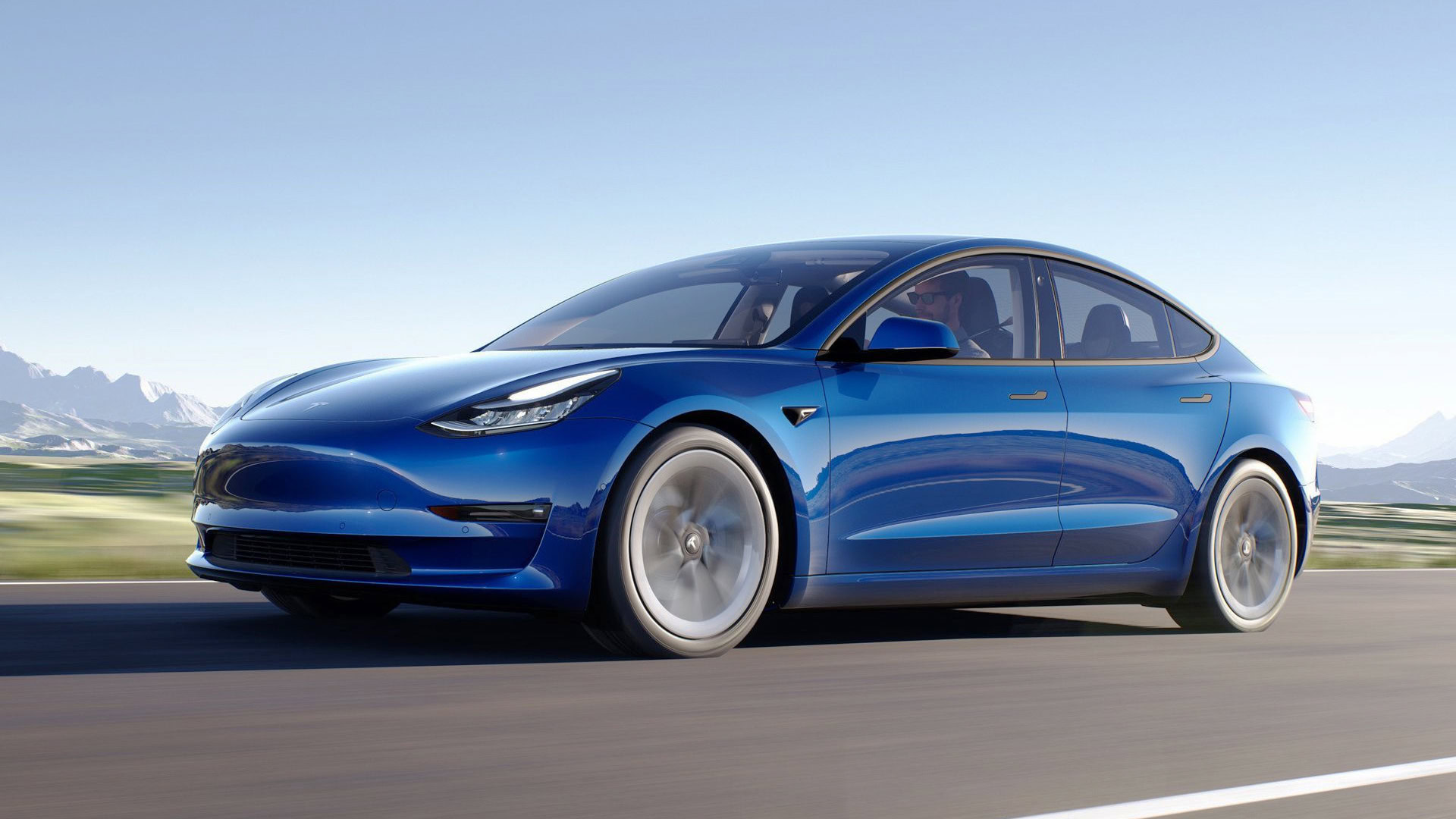
The Tesla Model 3 ($44,990-$56,390) is practically the default EV for people who can afford it. It’s not as ludicrously expensive as the Model S or Model X, yet it offers core selling points like Autopilot driver assist, a touchscreen-centric interface, and above all fantastic range. Even the cheapest Model 3 manages 272mi (438km), and the $56,390 Performance configuration reaches 315mi (507km). You also get to power up at Tesla Superchargers, which are still the best charging stations in the industry.
The Hyundai Ioniq 5 ($39,950-$51,100) is a compact SUV with range between 220 and 344 miles, depending on your trim, and a standard 12.3-inch touchscreen that supports both Android Auto and CarPlay. It’s attractive to boot, with slick lines and pixel-style external lighting. Just don’t expect a cockpit as futuristic as a Tesla.
For an alternative to the Ioniq, there’s the Volkswagen ID.4 ($38,790-$51,490). It’s another compact SUV that actually has lower range (208-275mi, or 335-443km), but it’s roomier, and has a lot of creature comforts like a 12-inch touchscreen, a customizable 5.3-inch digital gauge, and a sit-to-start feature. While its native infotainment system isn’t the best, you can mitigate that with Android Auto or CarPlay.
If performance is a priority but you’d rather not spend Model S money, one option is the Ford Mustang Mach-E ($46,895-$69,895). The standard rear-wheel drive battery has a 247mi (397km) range and can hit 60mph in 5.8 seconds, but it’s probably worth upgrading to the California Route 1, which has a 312mi (502km) range while shortening 0-60 times to 4.8 seconds. Range actually shrinks to 270mi (435km) on the top-end GT, but you get a machine with 480 horsepower that smokes 0-60 in 3.8 seconds. For some people, the question is whether the Mach-E really counts as a Mustang — it’s built like a crossover SUV rather than a pure muscle car.
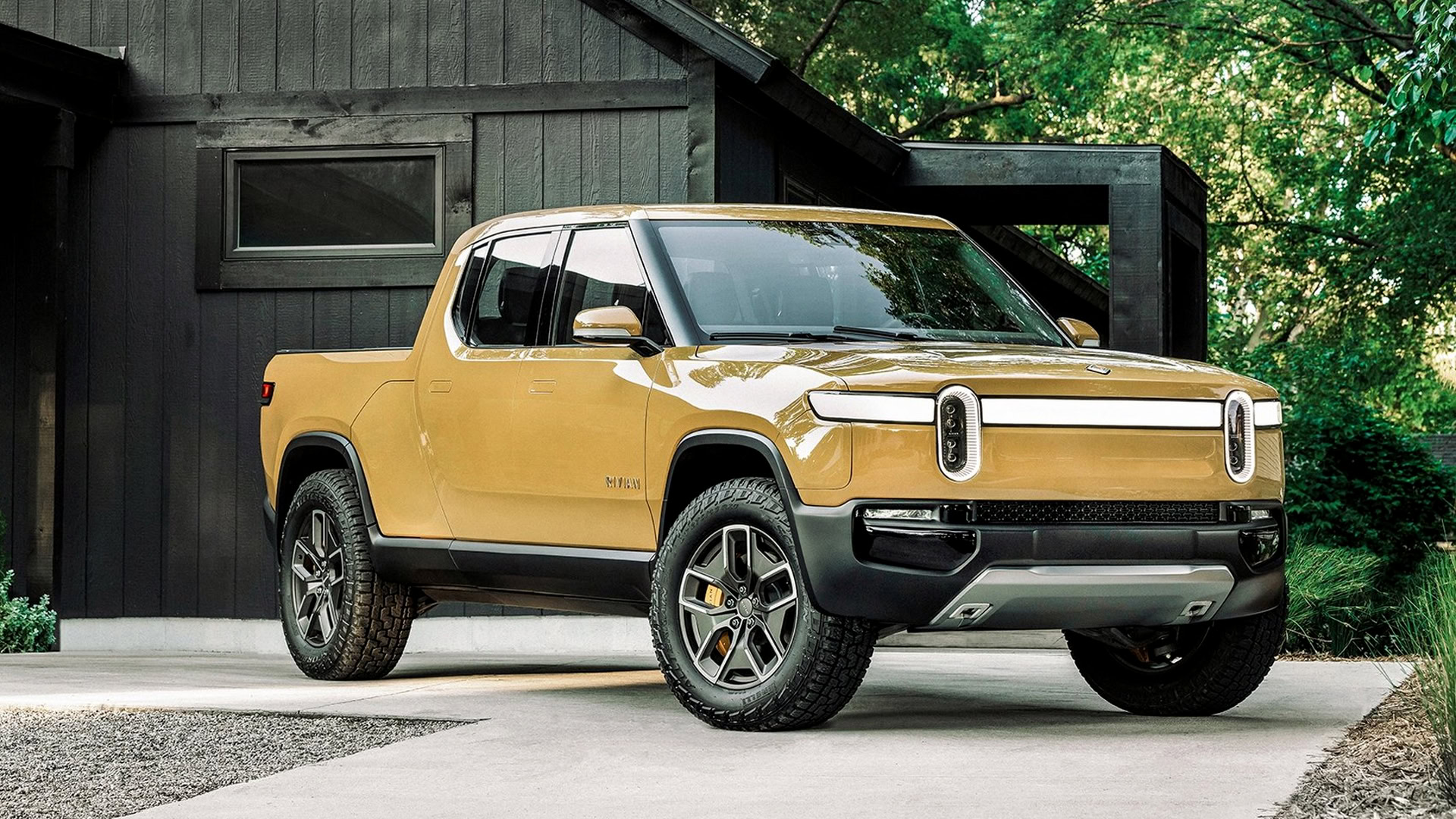
Until the Tesla Cybertruck comes along, the truck to beat is the Rivian R1T ($73,000-plus). It’s very pricey, but it can be configured from anywhere between 260 to 400mi (418 to 644km) of range, and every version is built to be genuinely practical, with a frunk and signature gear tunnel adding to flatbed space. You can even fill the tunnel with an optional camp kitchen for cooking in the forest. Some other options include an off-road package that adds an underbody shield and tow hooks.
Electric cars: FAQs
Yes. There’s a myth that because EVs are entirely electric and their batteries are (usually) located down low, this makes them vulnerable to shorting out if you drive through a deep puddle. No car can afford to have water seeping into the bottom that easily, much less an EV, and automakers are well aware of this. You can drive an EV through anything a gas-powered vehicle would survive as well.
If you don’t drive very far or often, you may be able to get away with plugging your car into a standard wall outlet using your dealer-supplied cable, turning to charging stations on the road if you need to go the distance. If you make long trips on a daily basis, you’ll almost certainly want to invest in a Level 2 charger like the JuiceBox or ChargePoint Home Flex. In that case, you’ll also need to install a 240V wall outlet, and upgrade to a Level 2 cable if your EV or charger doesn’t come with one. You can’t install a Level 3 charger at home.
There are a variety of ways. First, be light on power-hungry options like heating or AC, and if your EV has a range-extending engine mode (“Eco,” say), use it. You may not even miss the extra acceleration, since every EV has plenty of torque. Likewise, make sure that regenerative braking is on. The Nissan Leaf goes a step further, with an “e-Pedal” toggle that uses aggressive regenerative braking to stop — if you flip it, your foot never has to move off the accelerator.
Keeping your battery warm is essential, because range can temporarily drop in sub-freezing temperatures. At the same time, you also need to avoid extreme heat, which means owners in places like Texas or Arizona should avoid parking outside in the summer. The ideal solution is a climate-controlled garage, though it won’t kill you to park outside for a few hours when you’re out on the town.
All of the above tips should contribute to long-term battery health so long as you’re reasonably consistent. It’s also wise to avoid charging to 100% every day unless your lifestyle demands it.
We shouldn’t be the final arbiters here, but because of battery wear and technological evolution in the EV industry, leasing is at least worth considering. If you sign a three-year lease today, there’s a strong chance that by the time that lease is up, you’ll be able to upgrade to a model with better range and automation for the exact same monthly fee. If you find a particular EV is doing the trick, however, it can be frustrating to wait until the end of a lease to get the best buy-out rate.
While new EVs are expensive, if you can afford one, you’ll get the best possible range and battery health, not to mention the newest features. Used EVs are still worth checking out so long as they meet your specific range requirements. You can save thousands of dollars.
When shopping for used models, your chief concern should be battery degradation. Different automakers use different metrics to rate this. As a rule, however, you should opt for EVs with minimal degradation, since this will prolong a vehicle’s usefulness and resale value, also reducing the chance that you’ll need a battery swap. Ask an owner or dealership to see the health display on an EV’s dashboard.
Read more: The e-bike buyer’s guide